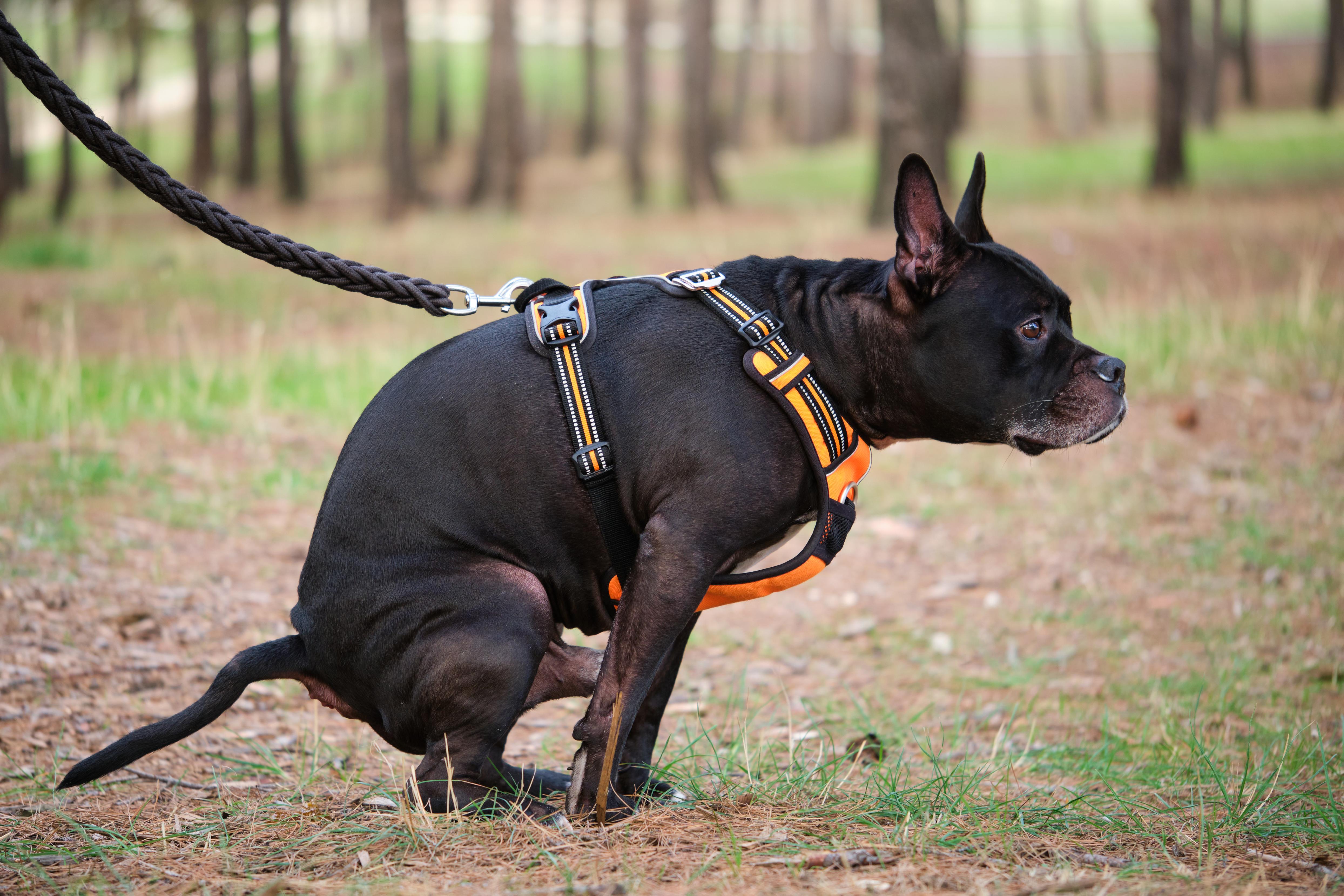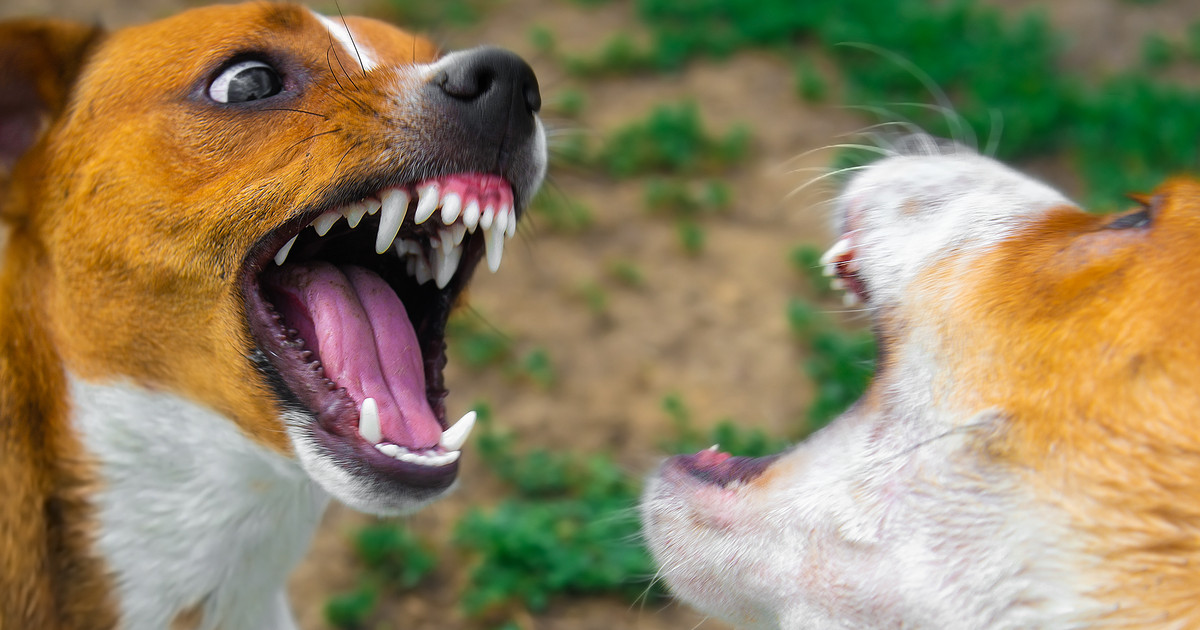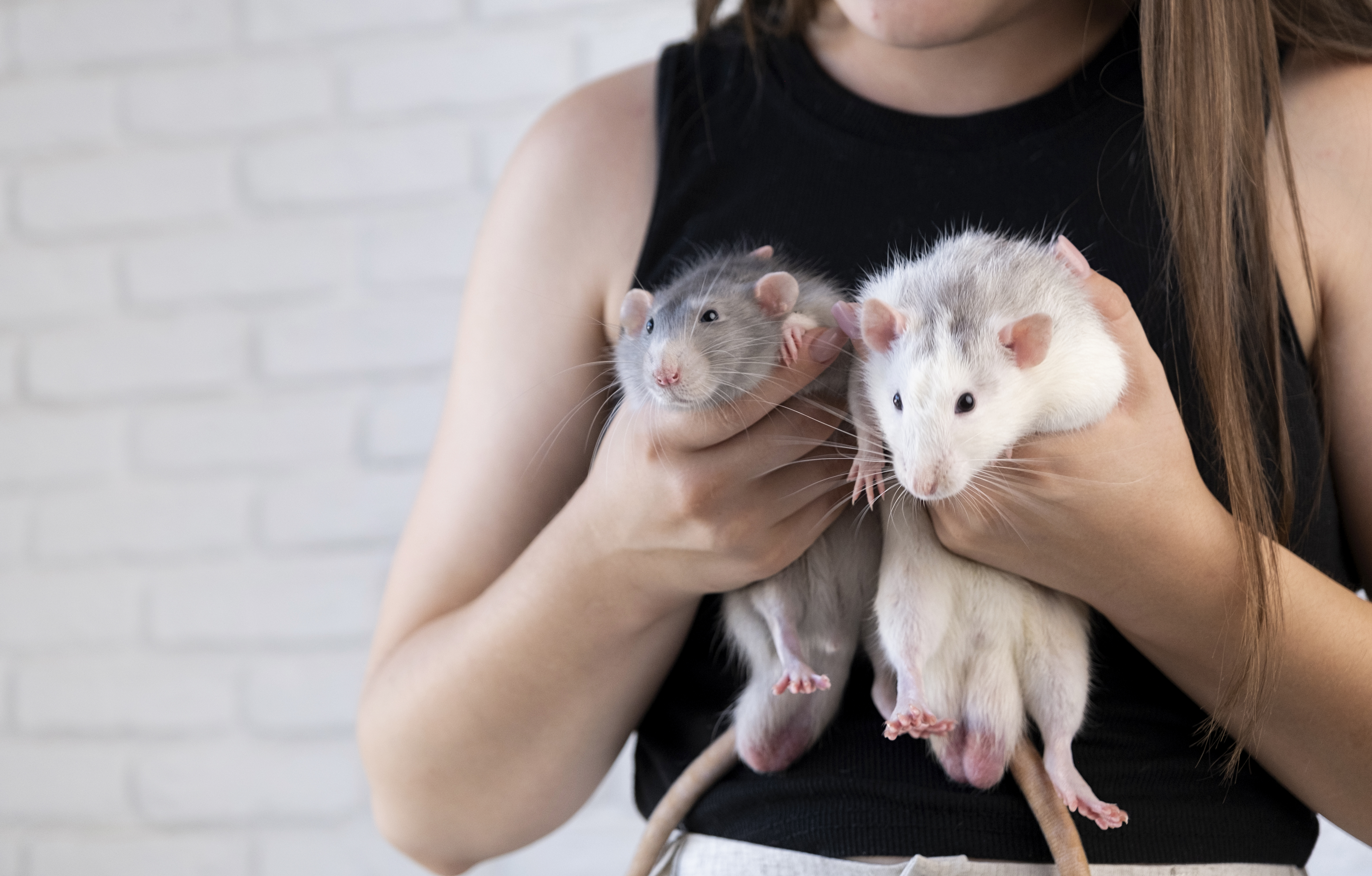Crucial Steps to Detect Illness in Your Beloved Pet Before It's Too Late
The bond between humans and their pets is a special one, often compared to familial or even parental relationships. Our pets are our companions, our confidants, and our sources of unconditional love. As responsible pet owners, it's our duty to ensure their well-being and health. However, unlike humans, pets cannot verbally communicate their discomfort or pain. This is why it's crucial to be vigilant and observant of any changes in their behavior or physical appearance. This comprehensive guide will lead you through 18 key steps to detect potential illnesses in your beloved pets before it's too late.
Understanding Your Pet's Normal Behavior

To spot any unusual signs, it's important to first understand what is normal for your pet. Spend time observing their daily routines, eating habits, energy levels, and behavior towards other animals and people. This will provide a baseline against which you can compare any changes. Remember, what's normal for one pet may not be normal for another, even within the same species.
Regular Vet Check-ups

Regular vet check-ups are essential in maintaining your pet's health. These visits can help detect any potential health issues before they turn serious. Your vet can also provide valuable advice on diet, exercise, and general care tailored for your pet's breed and age.
Monitoring Eating Habits

Changes in your pet's eating habits can be a warning sign of illness. This could mean eating more or less than usual, or showing an unusual interest or disinterest in food. Any drastic changes should be reported to your vet immediately.
Monitoring Drinking Habits

Just like eating habits, changes in drinking habits can also indicate potential health issues. Increased thirst could be a sign of diabetes or kidney disease, while decreased thirst could point towards other problems.
Changes in Weight

Sudden weight loss or gain could be a sign of various health problems. Regularly weighing your pet can help you detect any sudden changes. If you notice any drastic fluctuations in weight, consult your vet immediately.
Changes in Coat and Skin

A healthy pet usually has a shiny, clean coat and clear skin. Any changes such as dull coat, hair loss, redness, lumps, or sores could indicate underlying health issues and should be checked by a vet.
Changes in Stool and Urine

Regularly check your pet's stool and urine. Changes in color, consistency, frequency, or the presence of blood can be signs of various health problems.
Changes in Energy Levels

A sudden decrease or increase in energy levels can be a sign of illness. If your normally active pet becomes lethargic, or if your calm pet becomes hyperactive, it's time to consult a vet.
Changes in Sleep Patterns

Changes in sleep patterns can also indicate health problems. If your pet is sleeping more or less than usual, or if their sleep seems disturbed, it's worth discussing with your vet.
Changes in Behavior

Behavioral changes such as increased aggression, fear, or anxiety can be signs of physical discomfort or pain. If your pet's behavior changes suddenly, it's important to seek veterinary advice.
Changes in Breathing

Changes in your pet's breathing pattern, such as rapid breathing, panting, or difficulty breathing, can be signs of serious health problems and require immediate veterinary attention.
Changes in Movement

Any changes in your pet's movement, such as limping, difficulty jumping or climbing, or reluctance to move, can be signs of arthritis, injury, or other health problems.
Changes in Vocalization

Changes in your pet's vocalization, such as increased or decreased barking, meowing, or other vocal sounds, can be signs of distress or discomfort.
Changes in Body Temperature

A change in your pet's body temperature can be a sign of illness. Regularly checking your pet's temperature can help you detect any changes early.
Changes in Gums

Healthy gums are a sign of good health. Changes such as pale gums, red or swollen gums, or bleeding gums can be signs of various health problems.
Trust Your Instincts

As a pet owner, you know your pet better than anyone else. If something doesn't feel right, trust your instincts and consult your vet. It's always better to be safe than sorry.
Being a responsible pet owner means being vigilant about your pet's health. Remember, early detection is key in managing and treating most health problems. By following these steps, you can ensure your pet lives a long, healthy, and happy life.







